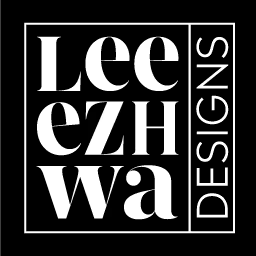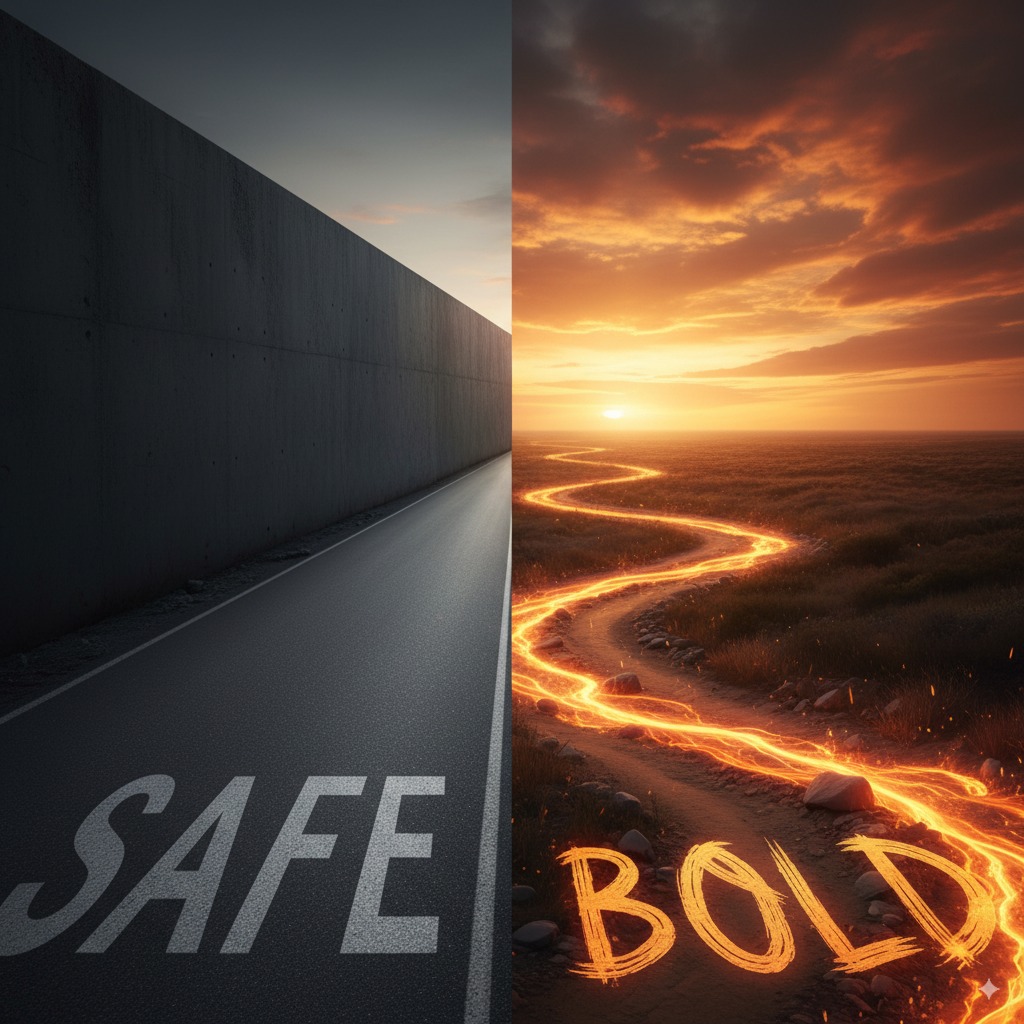Safe Isn’t Safe
“Let’s play it safe.”
It’s the sentence that kills more ideas than budgets ever will. In boardrooms, agencies, and classrooms, “safe” is shorthand for “acceptable.” For “professional.” For “less risky.”
But here’s the irony: safe isn’t safe. Safe is forgettable. Safe is invisible. Safe is the path to mediocrity.
I learned this the hard way, in a project where every rule, regulation, and compliance guardrail screamed: play it safe. Instead, I trusted my gut, broke the pattern, and the VP of Sales himself messaged me on LinkedIn to say thank you.
That’s when I realized: boldness isn’t the risk. Boldness is the only thing that works.
The Problem: The Illusion of Safety
Why do so many teams cling to “safe”?
Corporate cultures reward predictability. A McKinsey study found that risk-averse companies underperform on growth metrics by up to 30% compared to peers willing to take creative risks.
Compliance environments reinforce fear. In healthcare, pharma, and finance, the word “bold” often translates to “liability.” Regulations create cultures where playing safe feels like survival.
Creatives fear rejection. A 2020 Adobe survey revealed that 58% of creatives admit to watering down ideas to avoid client pushback, even when they know it weakens the work.
But here’s the trap: safety feels like protection in the short term, but it costs far more in the long term. It costs attention, recall, and impact.
And in storytelling, impact is everything.
Personal Anecdote: ToddStreet × Intercept
One of the clearest examples of this came during my work with ToddStreet on Intercept (Alfasigma Group).
The challenge? Sales training decks. They were dense, compliance-heavy, and designed to minimize risk. Pages of text. Tiny fonts. Content so rigidly controlled it might as well have been a legal contract.
Compliance wanted safe. Compliance wanted bullet points. Compliance wanted the creative equivalent of beige wallpaper.
My gut told me: if we deliver this “safe,” the reps will check out in five minutes. They won’t remember a thing. Training will fail.
So I pushed back. I reframed the decks not as “documents,” but as stories. I used visual metaphors. I stripped walls of text into bold, simple framing. I designed for memory, not for box-ticking.
It was terrifying. Every slide felt like threading a needle between compliance’s demands and the audience’s reality. But I kept leaning into bold choices, simplifying, dramatizing, storytelling.
The result? Weeks later, out of nowhere, I got a LinkedIn message from the VP of Sales. He thanked me personally for the impact of the work. He saw the difference. He felt it.
That message said it all: despite compliance’s obsession with safety, it was boldness that landed. Safe wouldn’t have earned a VP’s gratitude.
Framework: Safe Costs More Than Bold
Here’s the framework I now live by:
Safe = Short-Term Protection, Long-Term Loss. You avoid risk today, but you pay later in irrelevance.
Bold = Short-Term Fear, Long-Term Gain. You face conflict today, but you create work that lasts.
The Gut Compass. Your instincts, honed by years of experience, are rarely wrong. Ignore them at your peril.
Psychologists call this loss aversion: we fear losing more than we value winning. But in creativity, the equation flips. Playing not to lose is the surest way to never win.
Data: Why Bold Wins
The evidence is overwhelming:
- Nielsen (2019): Campaigns that broke category norms delivered 68% higher effectiveness scores.
- IPA (Institute of Practitioners in Advertising): Creatively awarded campaigns are 11x more effective at driving long-term growth than “safe” campaigns.
- Harvard Business Review: Clients who felt “challenged” by their agencies reported greater satisfaction than those who felt merely appeased.
The myth of safe is just that… A myth. The data proves: bold ideas drive results.
ADHD and Boldness
ADHD plays into this too. For my brain, “safe” is torture. It’s flat, numbing, dopamine-draining. Chaos and risk, on the other hand, light me up. Research in Journal of Creative Behavior shows that ADHD adults exhibit higher novelty-seeking and creative risk-taking than non-ADHD peers. For me, leaning into bold wasn’t just about creativity. It was about survival. Safe drained me. Bold fueled me.
That LinkedIn message from the VP wasn’t just validation. It was proof that my ADHD-driven boldness wasn’t a liability. It was my edge.
Actionable Takeaways
If you’re stuck in “safe,” here’s how to start shifting toward bold:
Present Two Versions. Show clients the “safe” version and the bold version. Let the contrast speak for itself.
Translate Bold Into Outcomes. Don’t just say “it looks better.” Say: “It will make reps remember this key point.”
Keep Receipts. Document bold wins, client reactions, engagement metrics, even that LinkedIn message. Use them as proof for future projects.
Micro-Boldness. You don’t have to go all in. Start with one bold slide, one bold campaign element. Test, then scale.
Reframe Risk. Teach clients: the real risk isn’t boldness. It’s irrelevance.
Conclusion: Safe Is the Riskiest Bet
That Intercept project taught me the biggest creative lesson of my career: “safe” doesn’t work. It never has. It never will.
Yes, compliance will resist. Yes, clients will flinch. Yes, bold feels terrifying.
But the results speak louder. Safe work gets forgotten. Bold work gets remembered. Bold work gets you LinkedIn messages from VPs. Bold work creates impact.
So the next time someone says, “Let’s play it safe,” remember: safe isn’t safe. Safe is death by beige.
And bold? Bold is survival.
Still Hungry?
Don’t stop here. If this post lit a spark, you’ll want to dive into more ideas cut from the same cloth, sharper thinking, bolder design, and zero fluff.
The Day I Fired My “Inner Impostor Boss”
How ADHD magnifies impostor syndrome and what it takes to shut it down.
From Corporate Costume to Thin Creative Skin
Why hiding behind conformity kills originality and how authenticity is your new armor.
Permission Slips for Reinvention - Why no one else is going to hand you one.
Stop waiting for diplomas, managers, or permission... write your own slip.


